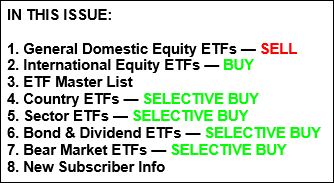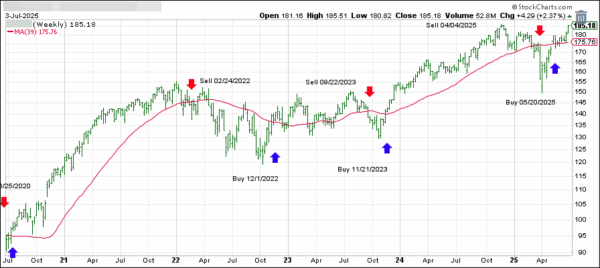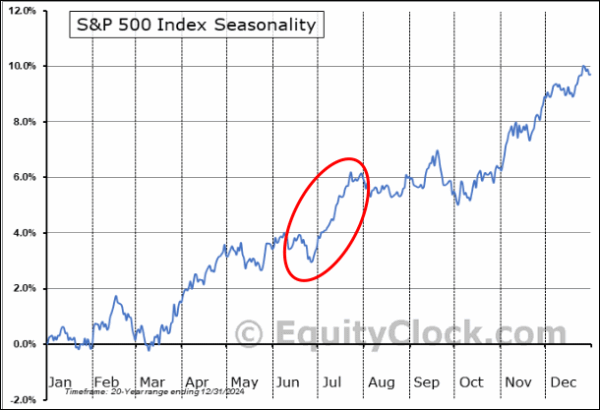
- Moving the market
The stock market got off to a shaky start again, with early trading weighed down by ongoing tariff drama and a steady stream of tense trade talk—like Trump calling Brazil’s trade relationship “very unfair” and “far from reciprocal.”
That kind of rhetoric kept traders cautious and mostly on the sidelines.
Things picked up in the afternoon as bullish sentiment made a comeback, pushing the major indexes into the green. But a late-day pullback took some of the shine off, leaving gains looking pretty modest—despite another short squeeze.
Mega caps took a hit early on but managed to bounce back later. Bond yields ticked up slightly, oil prices dropped, and the dollar stayed flat.
The real headline-grabber? Bitcoin. It surged to a new all-time high, nearly hitting $114K intraday.
Gold also moved higher, though it couldn’t keep up with Bitcoin’s breakout. According to ZeroHedge, Bitcoin has now leapfrogged Google to become the 6th largest asset by market cap, while silver edged past Meta to grab the #8 spot.
Could this be the start of a bigger shift in the financial landscape?
Read More






